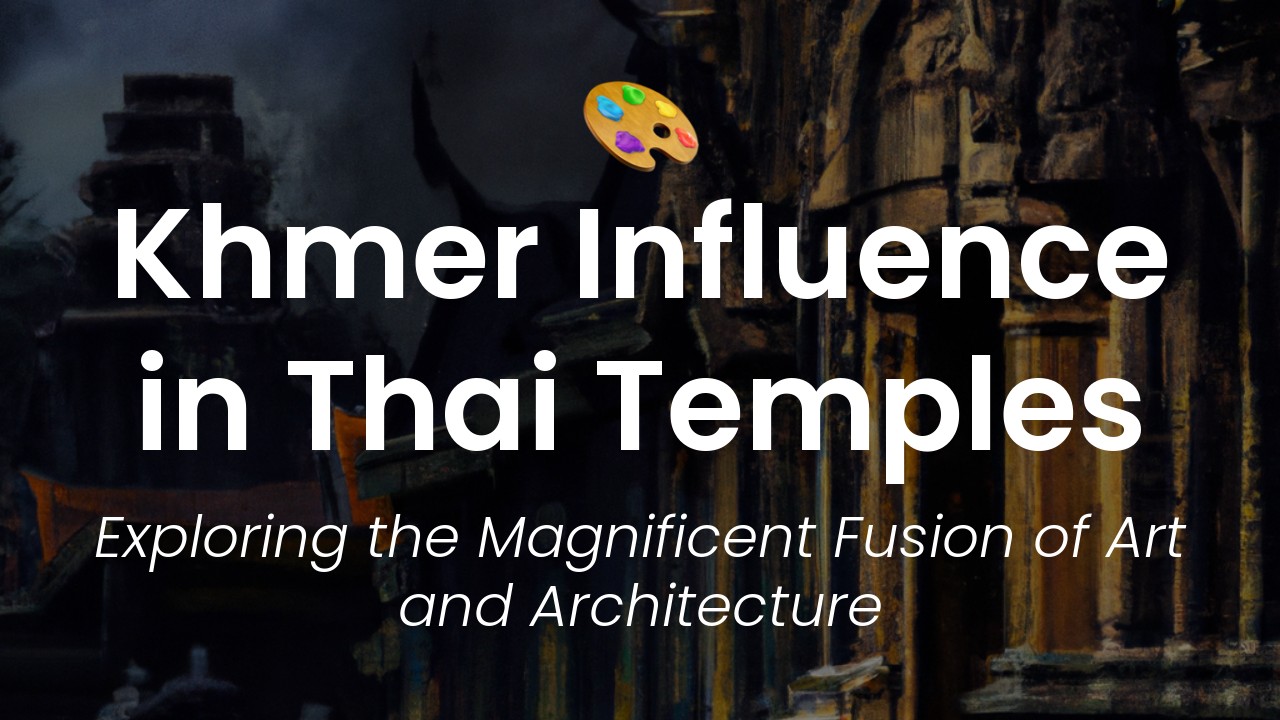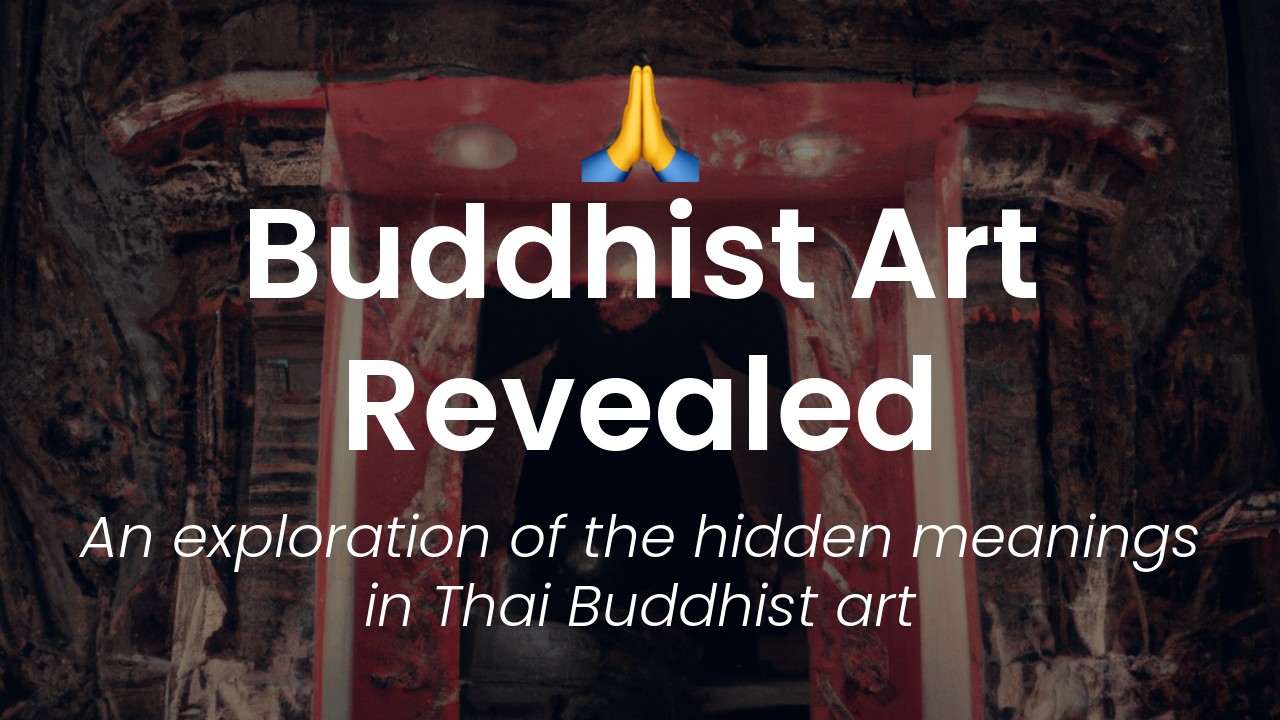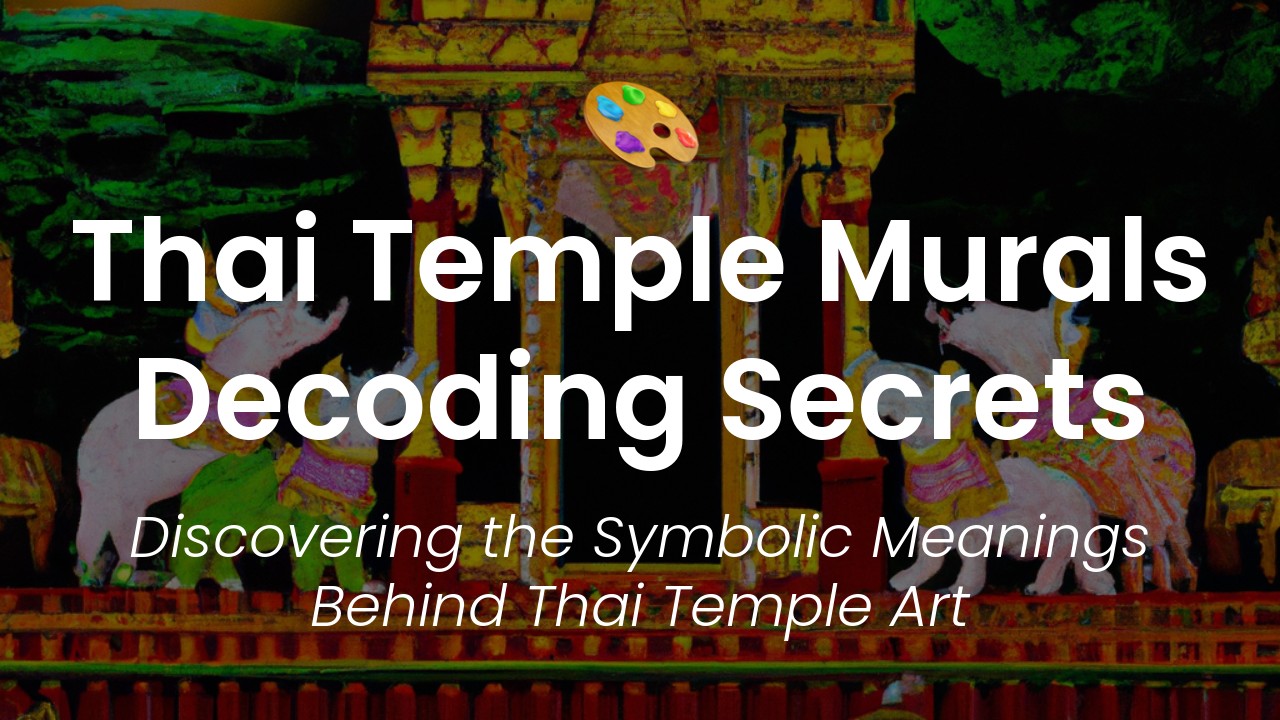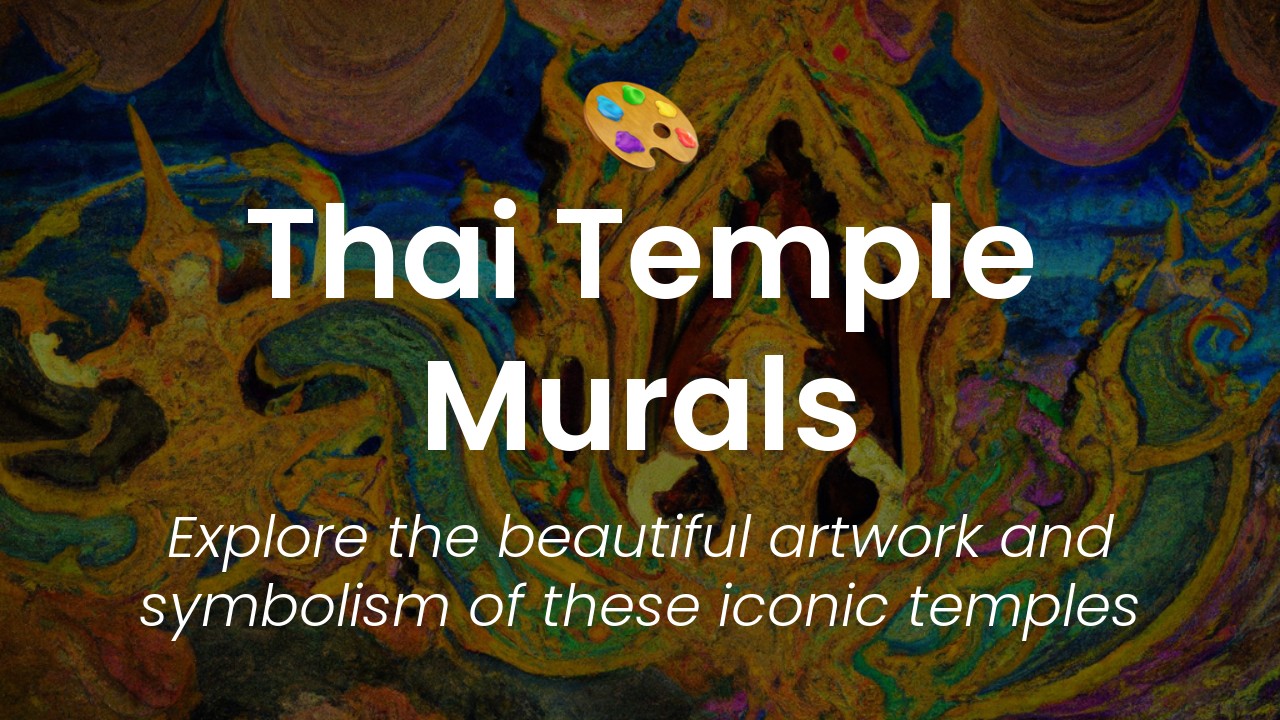As a Thai woman with a deep passion for her country's history and culture, I am always fascinated by the influences that other civilizations have had on Thailand throughout the centuries. One of the most remarkable examples of such an influence is the Khmer art that has left its mark on some of the most impressive temples and monuments in our country.
The Khmer Empire, which was centered in present-day Cambodia, was one of the most powerful and influential civilizations in Southeast Asia during the Middle Ages. Its artistic and architectural innovations had a profound impact on the region, including Thailand. Khmer-style temples and artistic motifs can be found in many parts of Thailand, especially in the northeastern region, where the influence of the Khmer Empire was particularly strong.
In this article, I want to take you on a journey through Thailand's history and culture, and explore the fascinating world of Khmer art and architecture. Together, we will discover the rich heritage of Thai temples and monuments that have been influenced by the Khmer Empire, and learn about the distinctive features that make them unique and truly remarkable. So buckle up, and get ready for a journey full of wonder, beauty and cultural richness!
Khmer Influence on Thai Temples
As a lover of Thai culture and tourism, one of the things that fascinates me the most is the rich artistic heritage of the country. Thai art is incredibly diverse and multifaceted, drawing influences from a variety of sources both historical and contemporary. One particularly fascinating area of artistic heritage is the Khmer influence on Thai temples.
The high culture of the Khmer Empire, which existed from roughly the 9th to the 15th century CE, was centered in what is now Cambodia but also extended into parts of present-day Thailand, Laos, and Vietnam. During this period, the Khmer people developed a highly distinctive artistic style that was characterized by intricate carvings, massive temple complexes, and a fusion of Hindu and Buddhist iconography.
Over the centuries, many of these Khmer-style temples were built in Thailand, particularly in the northeastern region. This had a profound impact on Thai art and architecture, as the Khmer artistic style gradually blended with pre-existing Thai artistic traditions. Today, the result is a unique blend of styles that is instantly recognizable and that draws tourists from all over the world.
Historical Background of Khmer Art
To understand the Khmer influence on Thai temples, it's important to understand the historical context in which this influence developed. The Khmer Empire was founded in the 9th century by King Jayavarman II, who established his capital at Angkor in present-day Cambodia. Over the centuries that followed, the Khmer Empire went through a series of expansions, contractions, and changes in leadership, but at its height it was one of the most powerful and influential empires in Southeast Asia.
Alongside political and military achievements, the Khmer Empire is perhaps best known for its art and architecture. The temple complexes at Angkor, which were built over the course of several centuries, are some of the most awe-inspiring examples of ancient architecture anywhere in the world. These temples were intended to serve both religious and political purposes, as they were used as centers of worship and pilgrimage as well as royal residences.
Characteristics of Khmer Art
One of the defining characteristics of Khmer art is its intricate and highly detailed carvings. Khmer craftsmen were masters of stone carving, and they used their skills to create elaborate bas-reliefs that covered the walls of temples and other structures. These carvings typically depicted scenes from Hindu and Buddhist mythology, as well as historical events and everyday life in the Khmer Empire.
Another key feature of Khmer art is its fusion of Hindu and Buddhist iconography. Although the Khmer people were predominantly Hindu, they also embraced aspects of Theravada Buddhism, which had been introduced to Southeast Asia several centuries earlier. This blending of religious traditions is evident in the art and architecture of the Khmer Empire, where Hindu gods and Buddhist bodhisattvas are often depicted side by side.
Connection between Khmer & Thai Art
The influence of Khmer art on Thai temples is readily apparent to anyone who has visited some of the most famous temple complexes in Thailand. One notable example is the temple of Phimai, which is located in Nakhon Ratchasima province in northeastern Thailand. This temple, which was built in the late 11th century, is a classic example of Khmer-style architecture blended with pre-existing Thai traditions.
The complex consists of a main sanctuary, which features a central tower surrounded by four smaller towers. The tower design is typical of Khmer temples, but the intricate carving and decoration on the exterior of the sanctuary is unmistakably Thai. This blending of styles is also evident in the bas-reliefs that adorn the walls of the sanctuary, which depict both Hindu and Buddhist figures.
Impact on Thai Temples
The impact of Khmer art on Thai temples is not limited to just one or two examples. In fact, many of the most famous temple complexes in Thailand show clear signs of Khmer influence. One such example is the temple of Wat Phra That Doi Suthep, which is located in Chiang Mai province in northern Thailand.
This temple, which was built in the 14th century, is renowned for its golden chedi, which towers over the surrounding landscape. The chedi is a clear nod to Khmer architectural styles, as it features a series of tiered platforms and a pinnacle at the top. However, the exterior of the chedi is decorated with intricate Thai-style patterns, including thousands of tiny glass tiles that reflect the sunlight.
Examples of Khmer Art in Thai Temples
The influence of Khmer art on Thai temples can be seen in many other examples as well. One such example is the temple of Wat Phra Si Sanphet, which is located in Ayutthaya province in central Thailand. This temple complex, which dates back to the 15th century, is notable for its large, bell-shaped chedi, which was modeled after the famous Angkor Wat temple in Cambodia.
Another example is the temple of Wat Lok Molee, which is located in Chiang Mai. This temple complex, which was built in the 14th century, features a series of Khmer-style chedis that are decorated with intricate Thai-style patterns. The chedis are surrounded by a variety of other structures, including a viharn (assembly hall) and a bot (ordination hall), all of which show clear signs of Khmer influence.
Conclusion & Reflections on Khmer Art
In conclusion, the Khmer influence on Thai temples is a fascinating and complex topic that reflects the long and intertwined histories of Thailand and Cambodia. The fusion of these two artistic styles has created a unique heritage that draws tourists from all over the world, and that serves as a reminder of the historical and cultural links between two neighboring countries.
As someone who loves Thai culture and tourism, I find the Khmer influence on Thai temples to be endlessly fascinating. The intricate carvings, towering chedis, and blending of religious traditions all combine to create an aesthetic that is both awe-inspiring and deeply meaningful. I highly recommend that anyone interested in Thai culture and history take the time to explore some of these magnificent temple complexes and experience the beauty of Khmer-influenced Thai art for themselves.





